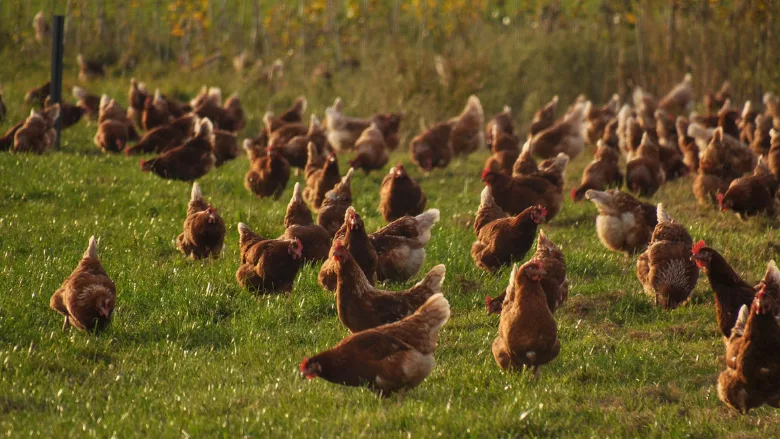Competitive Exclusion Cultures as a Control for Campylobacter in Poultry

A recent study published in Veterinary Sciences demonstrates the potential of competitive exclusion (CE) cultures in controlling Campylobacter jejuni in broiler chickens on poultry farms. CE cultures are cultures that will cause the reduction or extinction of one another when allowed to populate the same environment. The researchers note that CE cultures are being explored as a method for controlling Campylobacter in poultry because there are currently no efficacious control measures to reduce Campylobacter prevalence in poultry.
According to the researchers, Campylobacter is the most frequently reported foodborne pathogen in the EU. While CE culture treatment has historically proven effective against Salmonella colonization in young chickens, its usefulness against Campylobacter colonization has shown inconsistent results in past studies.
CE treatment involves the administration of non-pathogenic intestinal bacteria from adult chickens to newly hatched chickens to promote the early development of a healthy microflora that improves animal health and reduces the presence of pathogenic bacteria. In the study, the researchers treated broiler chickens with a complex, commercially available CE culture to determine its efficacy in preventing C. jejuni colonization. The chickens were sprayed with the CE culture immediately after hatching, and were administered the CE culture through drinking water during the chickens’ growth phase. To the best of the researchers’ knowledge, the present study is the first to examine the efficacy of the specific CE culture administered through the aforementioned treatment methods.
The results of the study are promising, as the CE culture reduced C. jejuni significantly and consistently throughout the chickens’ lifespans. The researchers also found a significantly decreased presence of C. jejuni in the chickens at slaughter. The researchers estimate that the observed reduction of Campylobacter presence in the chickens would translate to a 42–58 percent reduction of human risk for campylobacterosis in the EU.
While the results of the study are encouraging regarding the potential of CE culture treatment in combatting Campylobacter in broiler chickens, the researchers note the study’s limitations and the inconsistent history of CE cultures’ efficacy against Campylobacter. Further research is needed to discern what factors are responsible for CE effectiveness, as well as to verify whether the results can be reproduced with larger broiler flocks under commercial conditions. The researchers also express interest in studying whether both of the CE treatment methods (spraying and through drinking water) must be used in tandem, or if the methods can be effective when used alone. Finally, the researchers note that the use of CE culture treatment alongside other Campylobacter control strategies may be a promising approach to controlling the pathogen in poultry.
Looking for quick answers on food safety topics?
Try Ask FSM, our new smart AI search tool.
Ask FSM →






.webp?t=1721343192)

